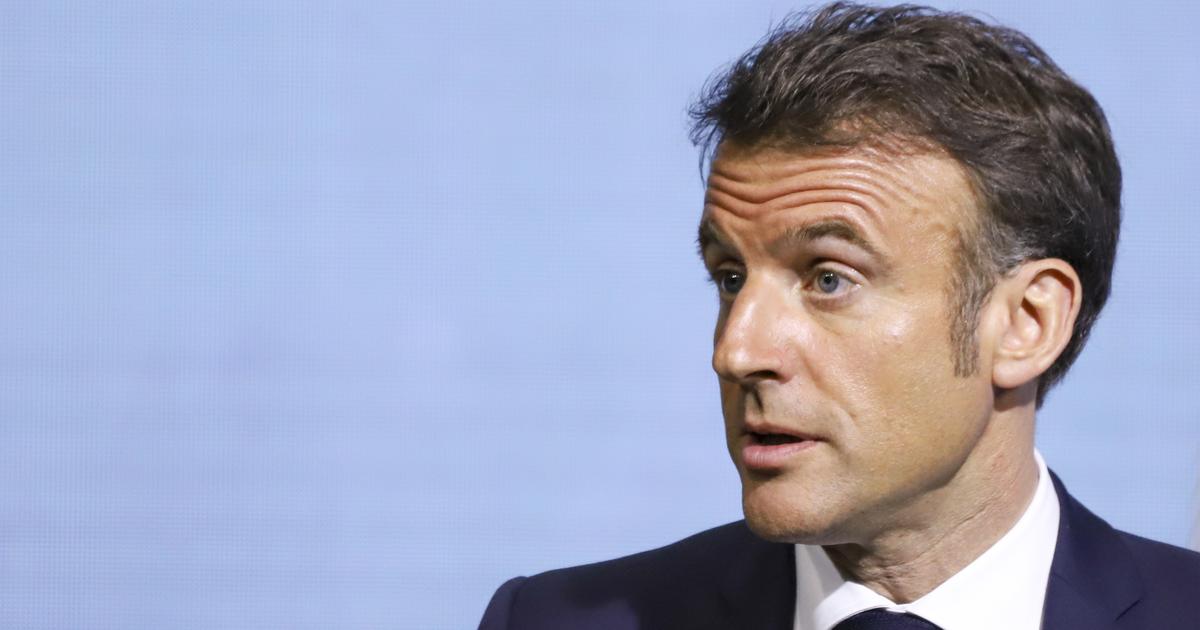Enlarge image
Athletes training for the "Hoki Mai" challenge: "Gym rowing gym rowing gym rowing.
Except on Sunday«
Photo: Esteban Felix/AP
One Hawaiian, two Chileans, nine residents of Easter Island and a distance of almost 500 kilometers: The "Hoki Mai" challenge started on Saturday, in which the athletes took a canoe from Rapa Nui, as Easter Island is called in the local language, paddle to the island of Motu Motiro Hiva.
The challenge has three goals.
This is how canoeing, which has been practiced in Polynesia for centuries, is to be honored.
In addition, an awareness of the environment should be created: The destination Motu Motiro Hiva - also called Salas y Gómez - is an uninhabited island whose land and surrounding waters are badly affected by pollution.
The third objective concerns gender equality.
The team will carry a small female Moai - one of the ancient statues Easter Island is famous for - to raise awareness of the importance of women in the world.
A larger statue by a local artisan is due to be brought to Motu Motiro Hiva in March.
training in the dark
During the journey, work is done in relays: groups of six row for about four hours and are then relieved by the next shift.
The athletes can rest in a ship of the Chilean Navy that escorts the canoe.
The twelve athletes have been training six days a week since mid-September.
"The training has been tough, especially for those of us who are less experienced," Contouri Atán, a 36-year-old historian, told the AP.
A crew member invited him to join a few months ago when he was out in a one-person canoe.
»He told me: You have to come on Tuesdays and Thursdays to help us.
We're not enough people to train."
Training often started before sunrise to allow athletes to acclimate to the darkness they will face during much of Hoki Mai.
“We practiced rowing at night, we practiced getting little sleep, we practiced every day.
Gym, Rowing, Gym, Rowing, Gym, Rowing.
Except on Sundays,” said Atán.
They will need several days and nights for the journey.
Familiar symbol on board
The Moai are the most recognizable symbols of Rapa Nui.
Carved from volcanic rock between 1000 and 1600 on the slopes of the Rano Raraku volcano, they represent the ancestors of the various groups whose descendants still live on the island.
The heads were placed on ceremonial platforms called "Ahus" with their torsos facing the island for protection.
In October, the figures made international headlines after a fire damaged dozens of them.
The bond between the neighboring islands in Polynesia is still strong.
Rapa Nui, Tahiti, Hawaii and even New Zealand share language similarities and other characteristics.
With the "Hoki Mai" challenge, it is hoped that these connections will extend beyond Polynesia.
Therefore, Easter Islanders and Hawaiians will row with two "continental" Chileans.
"The idea of the canoe is also Union," said Gilles Bordes, the coordinator of the challenge.
“Six people are doing the same to get ahead.
The union of cultures.
That's why people from Chile will row to show that together we can go towards a better future.«
swe/ap









/cloudfront-eu-central-1.images.arcpublishing.com/prisa/BOQSH7PVIJAPNOGFOH7TSNBODY.jpg)